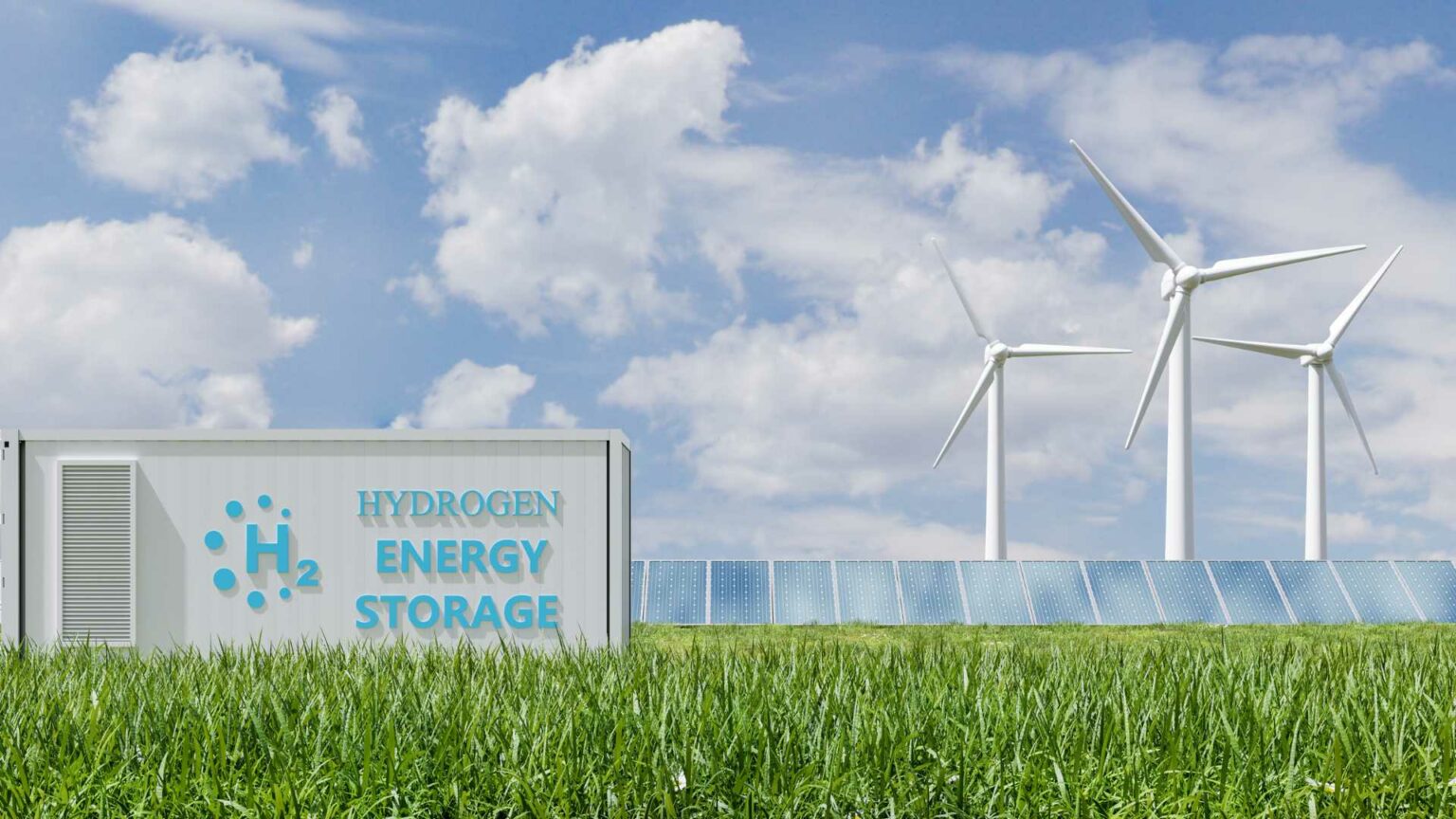Hydrogen is often hailed as a potential clean energy solution because when used as a fuel, it produces only water as a byproduct. However, storing hydrogen is notoriously difficult due to its physical and chemical properties.
Hydrogen is the lightest element and has a low energy density by volume, meaning a significant challenge is to store enough of it in a compact and efficient manner for practical use.
There are three primary methods for storing hydrogen: as a compressed gas, as a cryogenic liquid, or within solid materials. Each method has its own challenges. Compressed hydrogen requires sturdy and heavy tanks to withstand high pressures, increasing the weight of the storage system. Liquid hydrogen requires cryogenic temperatures (below -253 degrees Celsius), which needs specialized and energy-intensive cooling equipment. Storing hydrogen in solid materials such as hydrides or chemical compounds shows promise but is still largely in the experimental or early commercial stages.
Material Science Challenges
One of the main hurdles in hydrogen storage is finding the right materials that can absorb and release hydrogen efficiently. Materials must be light, durable, and capable of storing large amounts of hydrogen without degrading over time. Researchers have explored the potential of using materials like metal hydrides, carbon structures, and complex chemicals, but many challenges remain, including cost, weight, and the ability to quickly release hydrogen.
Innovations in material science are key to unlocking efficient hydrogen storage. Aerogels have been suggested as a potential material due to their porous structure, which might effectively trap hydrogen molecules. Additionally, other innovative solutions such as metal-organic frameworks (MOFs) and novel chemical compounds are under investigation, holding promise for more efficient and practical hydrogen storage solutions.
For hydrogen to become a mainstream energy carrier, storage solutions must not only be technically viable but also economically competitive. Developing storage systems that are cost-effective, safe, and adaptable to various applications, from vehicles to grid storage, is critical to broad adoption.
Stay updated on the latest in energy! Follow us on LinkedIn, Facebook, and X for real-time news and insights. Don’t miss out on exclusive interviews and webinars—subscribe to our YouTube channel today! Join our community and be part of the conversation shaping the future of energy.





